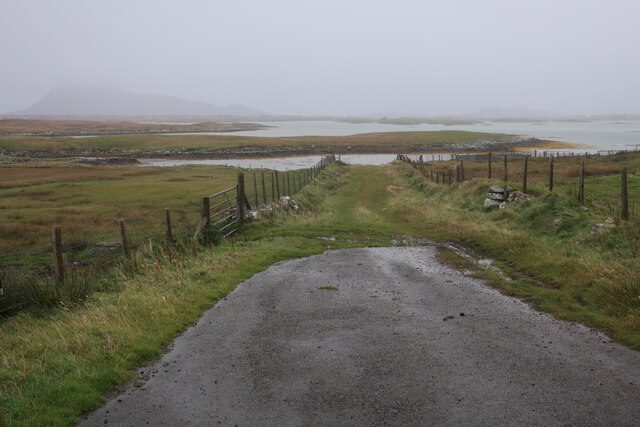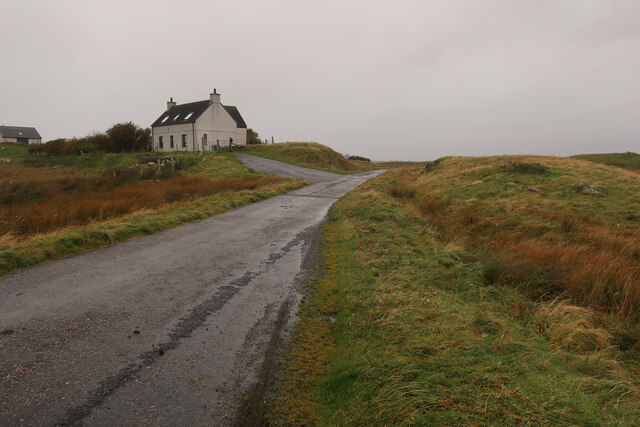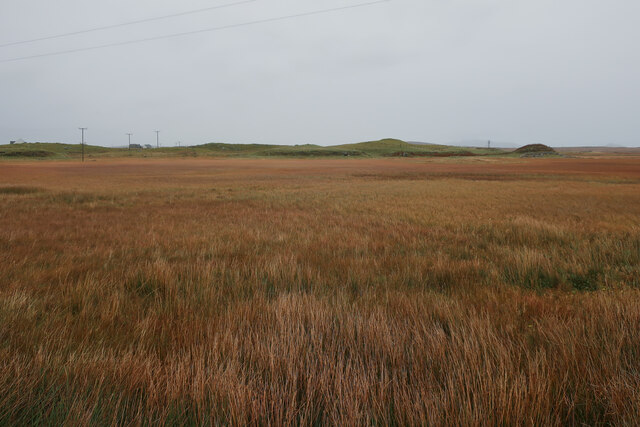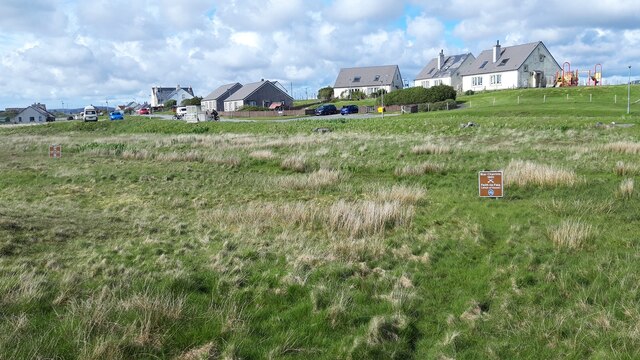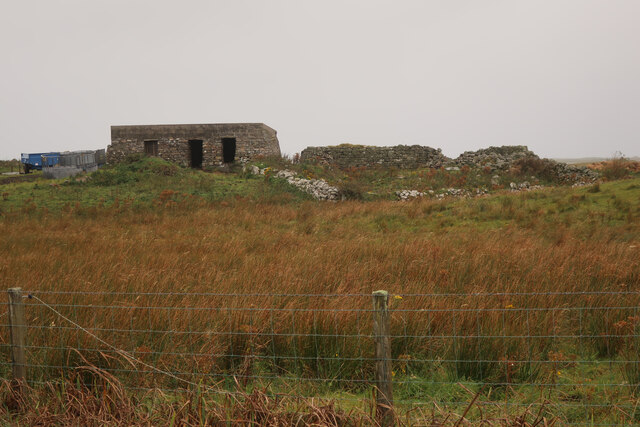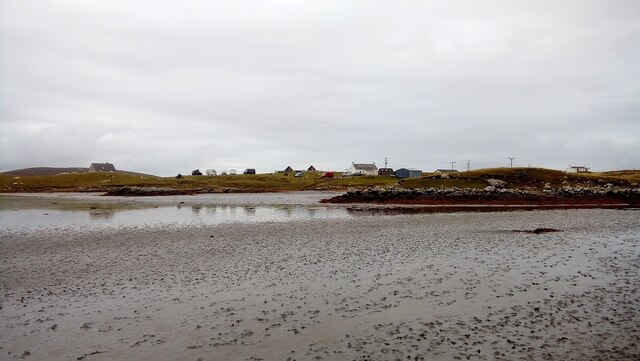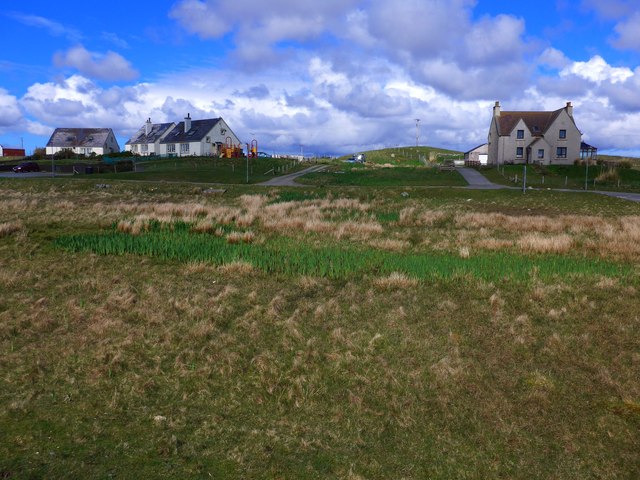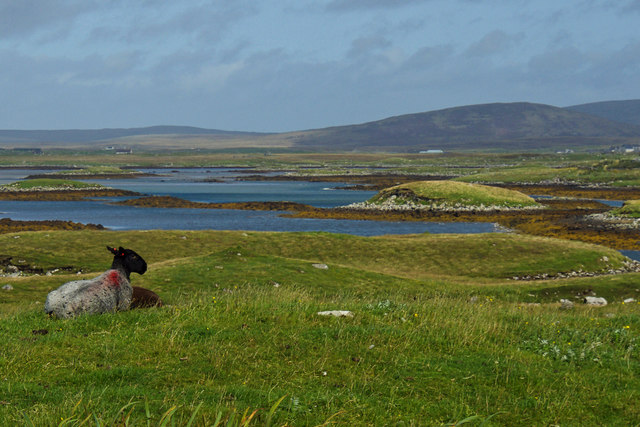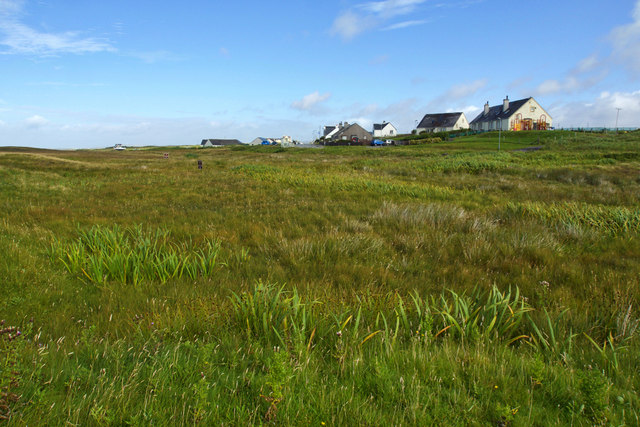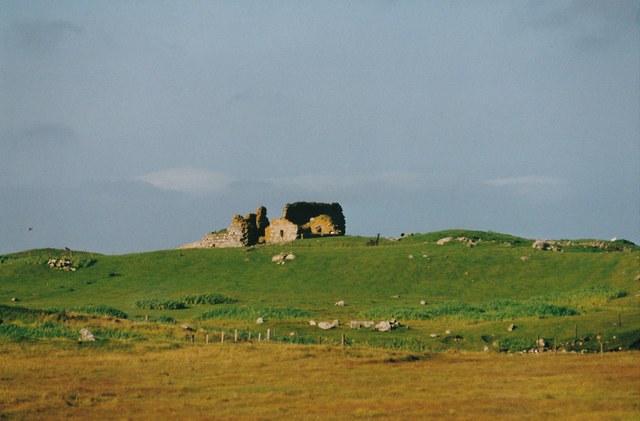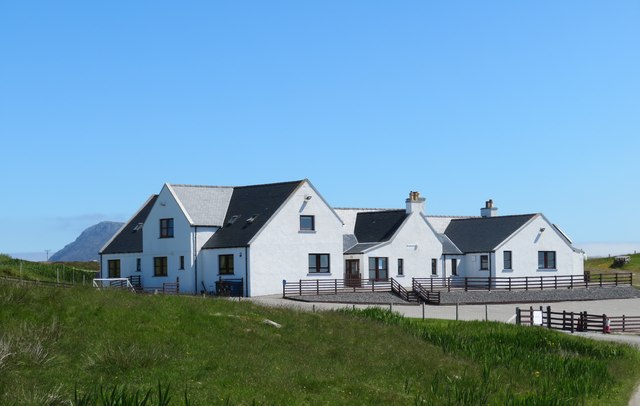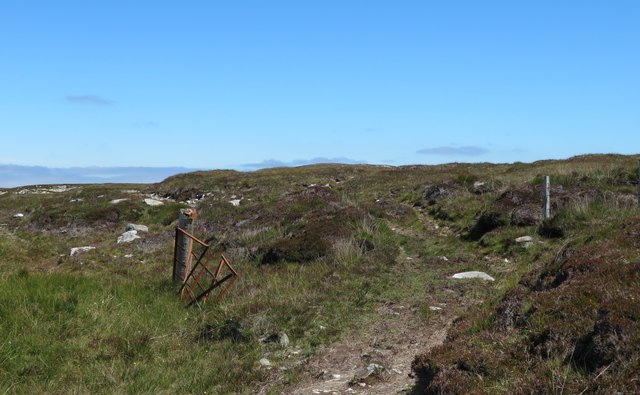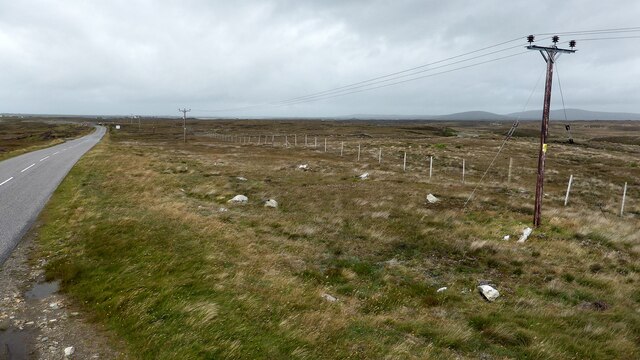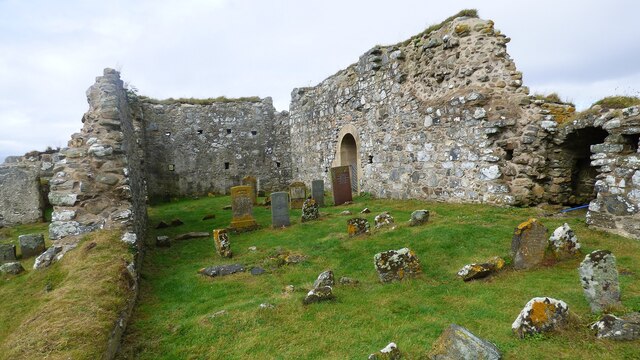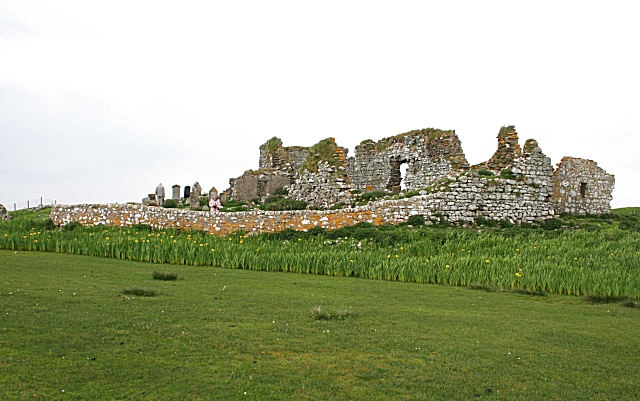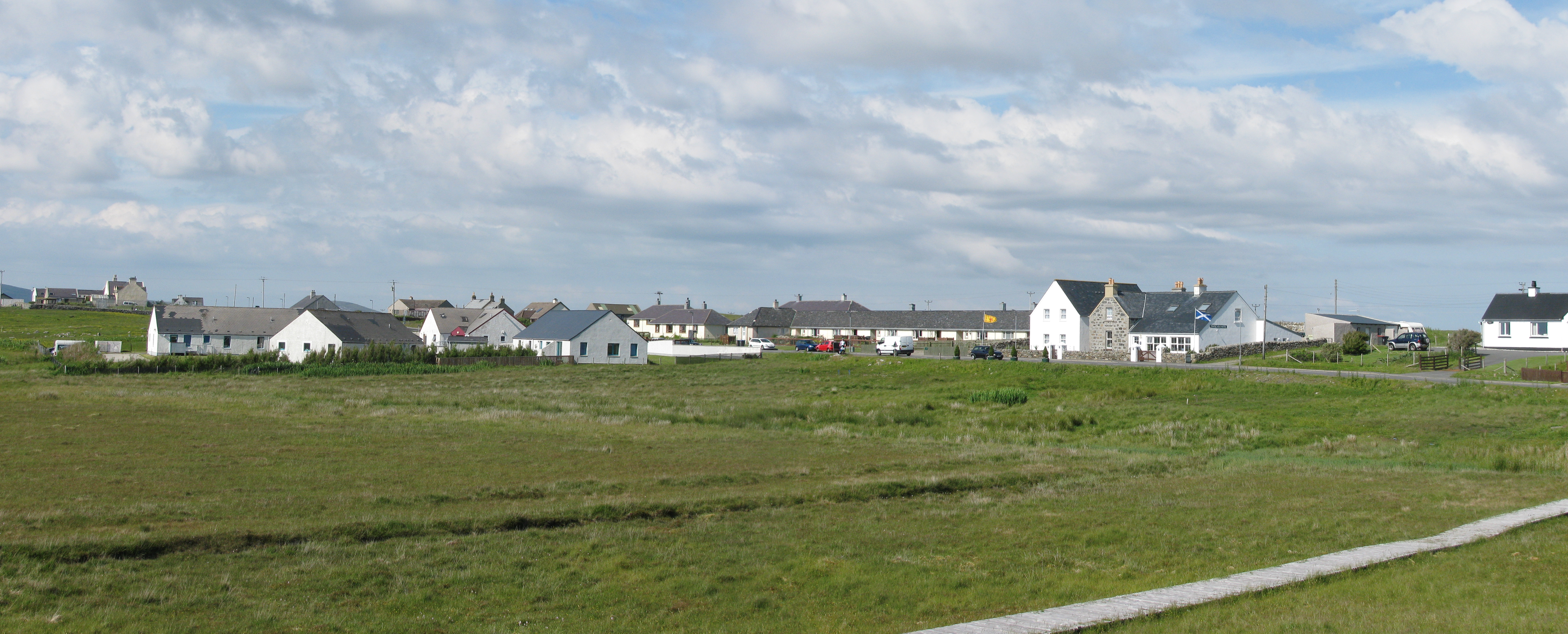Rubha Buidhe
Coastal Feature, Headland, Point in Inverness-shire
Scotland
Rubha Buidhe
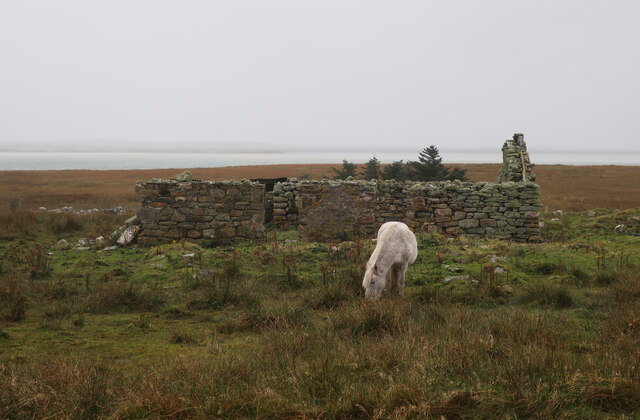
Rubha Buidhe, located in Inverness-shire, Scotland, is a prominent coastal feature that comprises a picturesque headland jutting out into the North Atlantic Ocean. This stunning point is renowned for its breathtaking beauty and offers visitors a unique blend of natural wonders and historical significance.
The headland, which translates to "yellow point" in Gaelic, is aptly named due to the distinctive golden hue of the rocks that form its cliffs. Rising majestically from the surrounding sea, Rubha Buidhe provides a stunning vantage point for panoramic views of the rugged coastline and the vast expanse of the ocean beyond.
Apart from its scenic allure, Rubha Buidhe also holds historical significance. The headland is home to the ruins of an ancient Pictish fort, dating back to the Iron Age. These remnants offer a glimpse into the region's rich past, captivating history enthusiasts and archaeology buffs alike.
Nature enthusiasts will be delighted by the diverse and abundant wildlife that calls Rubha Buidhe home. Seabirds, such as gannets and puffins, can be spotted swooping and diving in the azure waters, while seals can often be seen basking on the rocky shores below.
Visitors to Rubha Buidhe can explore the headland via well-maintained walking trails, which wind their way through heather-covered moorland and along the cliff edges. The area also offers opportunities for exhilarating coastal hikes, allowing visitors to immerse themselves in the untamed beauty of the Scottish Highlands.
Overall, Rubha Buidhe is a captivating coastal feature that combines breathtaking natural scenery, historical intrigue, and abundant wildlife, making it a must-visit destination for nature lovers and history enthusiasts alike.
If you have any feedback on the listing, please let us know in the comments section below.
Rubha Buidhe Images
Images are sourced within 2km of 57.509227/-7.3062387 or Grid Reference NF8258. Thanks to Geograph Open Source API. All images are credited.
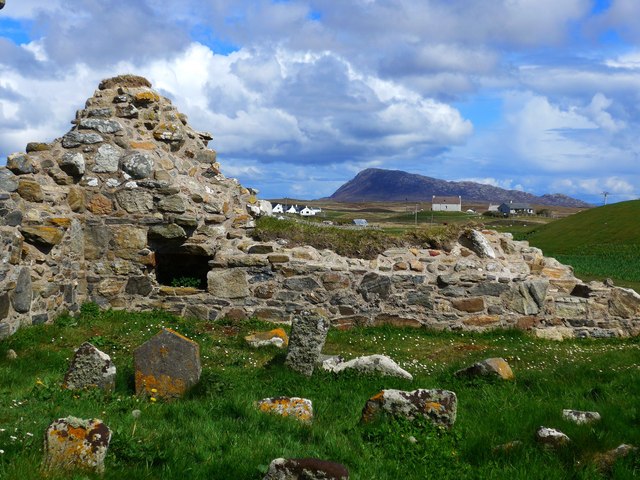
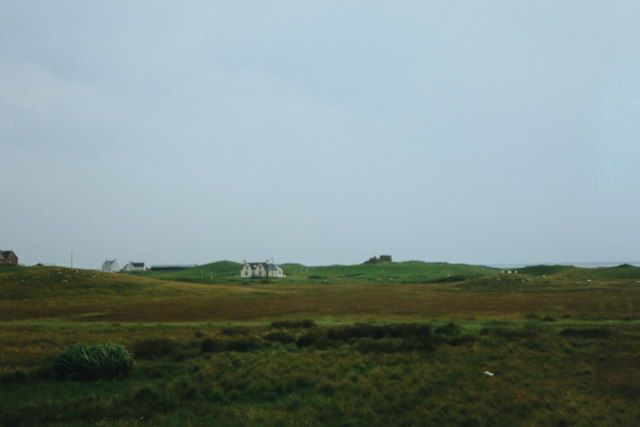
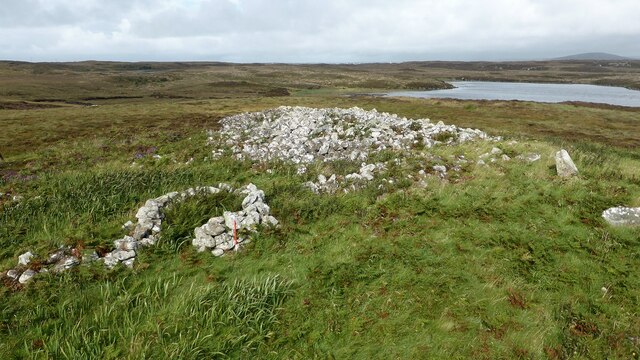
Rubha Buidhe is located at Grid Ref: NF8258 (Lat: 57.509227, Lng: -7.3062387)
Unitary Authority: Na h-Eileanan an Iar
Police Authority: Highlands and Islands
What 3 Words
///burn.dignitary.flats. Near Balivanich, Na h-Eileanan Siar
Nearby Locations
Related Wikis
Bail' Iochdrach
Bail' Iochdrach or Baliochrach (Scottish Gaelic: Am Baile Ìochdrach) is a village on Benbecula in the Outer Hebrides, Scotland. Baliochrach is within the...
Carinish
Carinish (Scottish Gaelic: Càirinis), is a hamlet on North Uist, in the Outer Hebrides, Scotland. It is in the south of the island, about two miles (three...
Teampull na Trionaid
Teampull na Trionaid ("trinity church") is a ruined 13th-century Augustinian nunnery at Carinish, on North Uist, in the Outer Hebrides of Scotland. �...
Battle of Carinish
The Battle of Carinish was a Scottish clan battle fought in North Uist in 1601. It was part of a year of feuding between Clan MacLeod of Dunvegan and the...
Nearby Amenities
Located within 500m of 57.509227,-7.3062387Have you been to Rubha Buidhe?
Leave your review of Rubha Buidhe below (or comments, questions and feedback).
